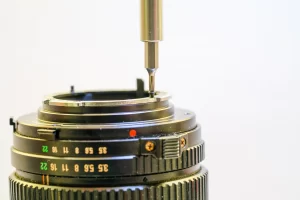Optical reverse engineering involves a meticulous process to replicate and analyze existing optical components or systems, allowing for customization, replication of advanced designs, and improvements. These five key stages encompass the process:

Reverse optical engineering not only enables manufacturers to replicate optical systems but also empowers them to enhance existing designs. For instance, a critical aspect involves scrutinizing the blueprint of an incumbent optical system and pinpointing areas ripe for refinement. These improvements could encompass reducing chromatic aberration or fine-tuning the focal point, resulting in a more efficient and potent end product.
Regarding its specific capabilities, reverse optical engineering possesses the prowess to replicate a diverse spectrum of optical components and systems, spanning from plano concave lenses to cylindrical lenses and various other lens types. Furthermore, manufacturers have the flexibility to select from a wide array of lens materials, aligning with the precise requirements of the applications.
At its core, reverse optical engineering leans on a distinct suite of manufacturing competencies. Among these, a pivotal capability involves the proficiency to dissect and recreate the intricate behavior of light rays as we traverse an optical system. This necessitates a profound understanding of optical design principles and the adept use of specialized software and equipment.
Moreover, manufacturing capabilities extend to the creation of intricate optical components using various techniques, such as precision diamond turning and injection molding. These methods afford manufacturers the ability to fabricate components with exceptional precision, accuracy, and repeatability.
In summation, reverse optical engineering stands as a valuable method for crafting bespoke optical solutions and elevating existing optical systems. It empowers manufacturers to replicate cutting-edge designs and enact refinements within incumbent systems, leading to the production of more effective and efficient optical products. Armed with its unique set of manufacturing capabilities, reverse optical engineering offers a cost-effective avenue for fashioning tailored optical components and systems that align precisely with manufacturers’ distinct needs.
Do not hesitate to contact Shanghai Optics today. We’d be more than happy to discuss your projects and how best they can become a success.